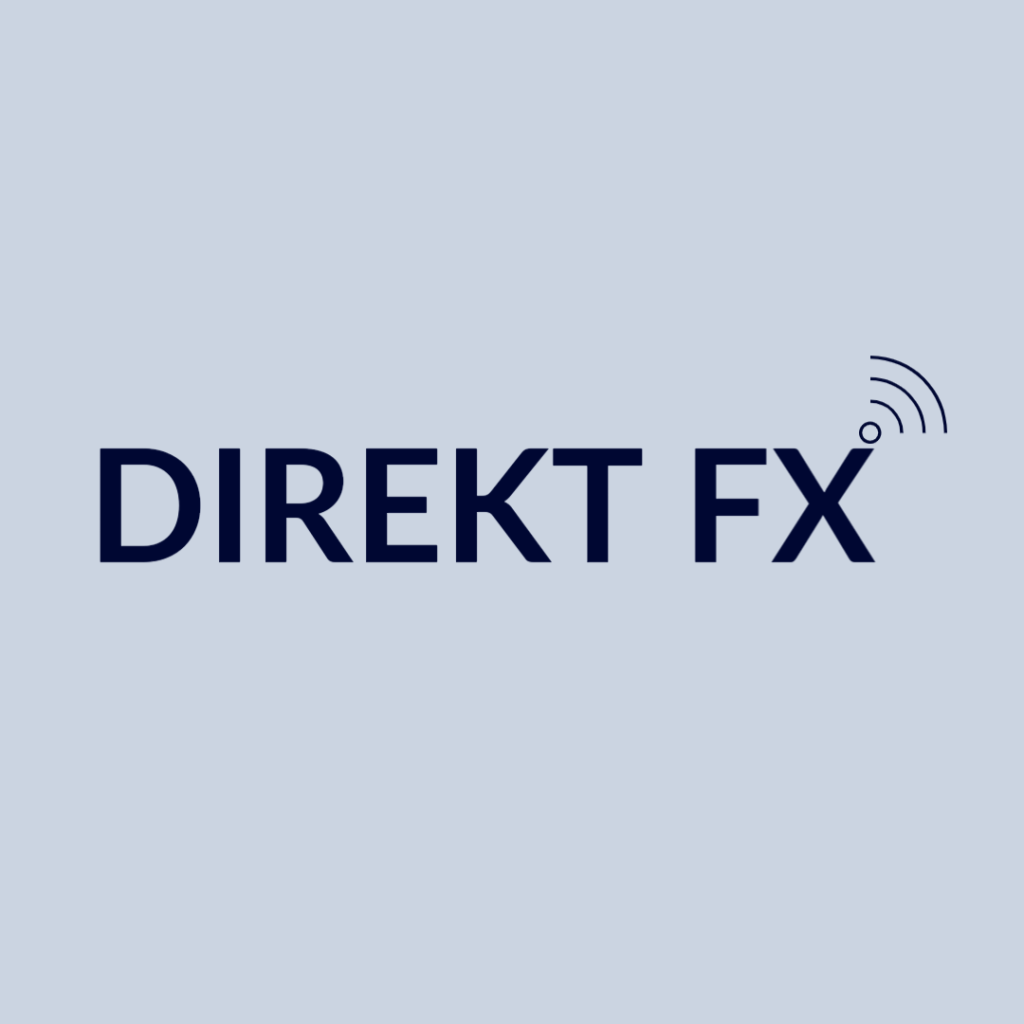
Liquidity Pools Vs Order Books – What’s the Difference?
In cryptocurrency trading, two fundamental mechanisms are pivotal in facilitating transactions: liquidity pools through actual orders. Meanwhile, both did the job of bringing these two opposing parties together, but the mechanisms used by them are different, bringing about their advantages and disadvantages.
Liquidity Pools
The liquidity pools are bot traded and autonomous market makers (AMMs), which has been a trend in decentralized finance (DeFi). They do that by letting users deposit money (in other words, liquidity) into a pool. It allows traders to swap tokens without having to use market-beating order books. This idea was first developed and popularized on platforms like Uniswap and PancakeSwap.
Advantages
Accessibility: The liquidity Pool is a gateway to the trade for every user any liquidity provider only can add the pool and other features to earn fees.
Reduced Slippage: Using algorithms to determine prices in liquidity pools often results in lower slippage than order book exchanges, as the transaction price at the time of the transaction.
Continuous Liquidity: Liquidity pools provide a more permanent form of liquidity; hence, traders can make trades instantly, regardless of the presence of matching sides.
Limitations
Impermanent Loss: LPs in pools face impermanent loss risk due to changes in digital asset prices.
Limited Price Discovery: Limited price discovery with less popular assets may affect liquidity pools, as real-time information is not available for liquidity providers to set prices.
Order Books
The book gives a boost to advanced exchanges used in centralized exchanges. The list shows buy and sell orders for an asset, sorted by price and quantity, with buy orders taking priority. Trades are matched with opposite orders of the same size, and the list updates after each trade. Order books are created and filled by market participants, adjusting prices based on the interplay of supply and demand.
Advantages
Price Discovery: Order books allow buy and sell orders to confront each other, revealing market sentiments and order frictions.
Flexibility: Order book traders have more freedom in executing trades as they can determine their selling price and quantity.
Advanced Trading Strategies: Order books offer limit and stop-loss orders, as well as margin trading, popular among experienced traders.
Limitations
Liquidity Dependency: Liquidity in market expectations is the primary foundation of order-book exchanges. Lower order volumes could increase leaks and market volatility, especially for low-liquidity assets.
Centralization: Autonomous exchanges’ centralized order book protocols are hackable and vulnerable to downtime, posing risks to traders and market integrity.
Complexity: Order processing screens of trade desks might deter first-time buyers with an uphill task of grasping the sharp intricacies attached to the functionality and mechanics thereof.
Liquidity Pools Vs Order Books
Liquidity pools offer low slippage and continuous liquidity, but they can result in impermanent loss and limited price discovery. Order books have benefits like advanced trading, flexibility, and price discovery, but they also have drawbacks such as complexity, centralization, and dependence on liquidity.
Connect with a global network of finance professionals and find the ideal trading and liquidity partners now!
Contact us now to make your trading journey profitable!





